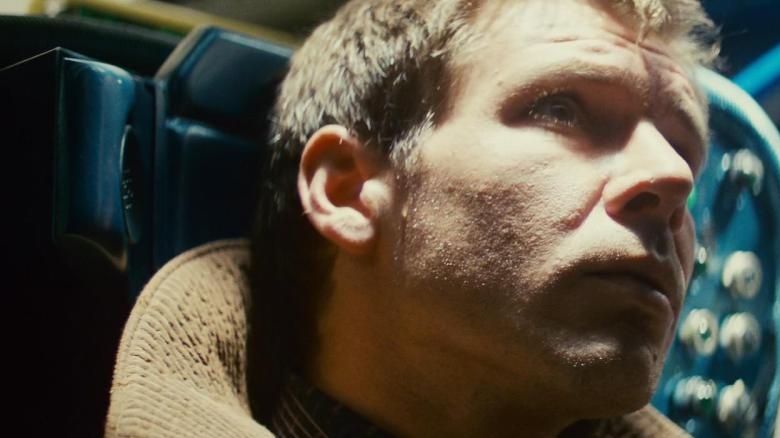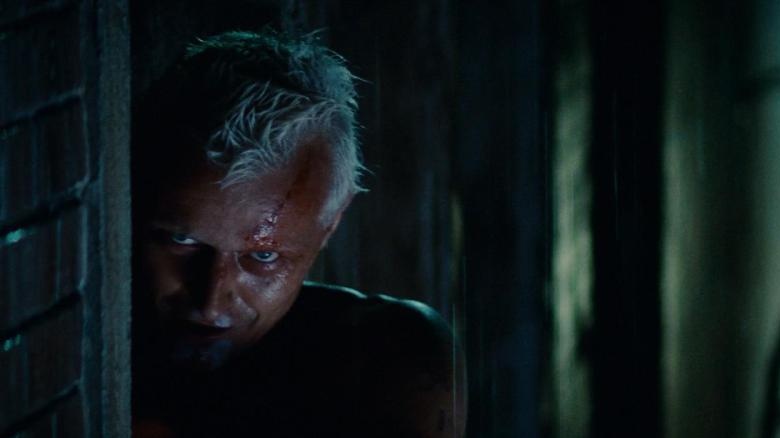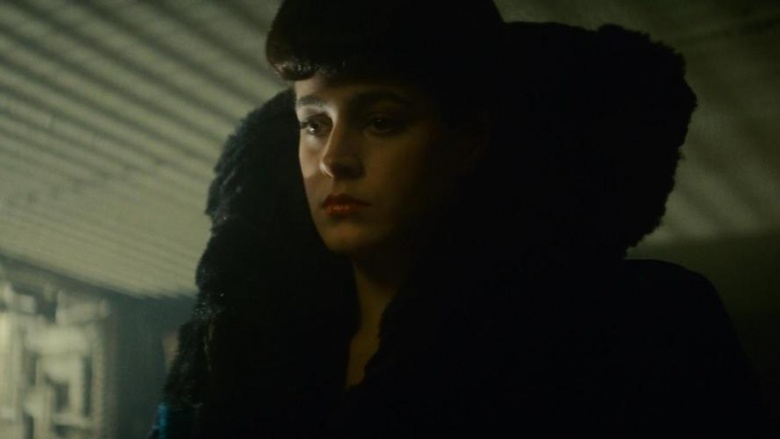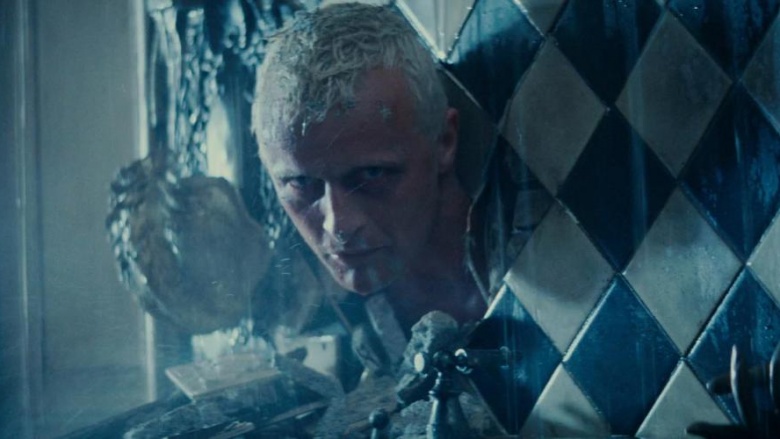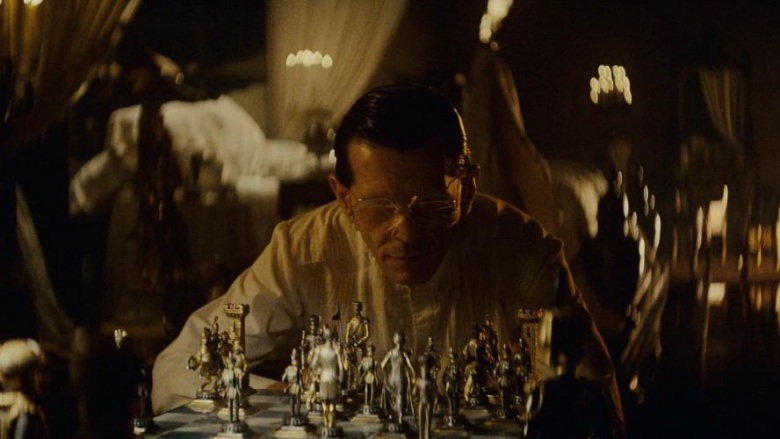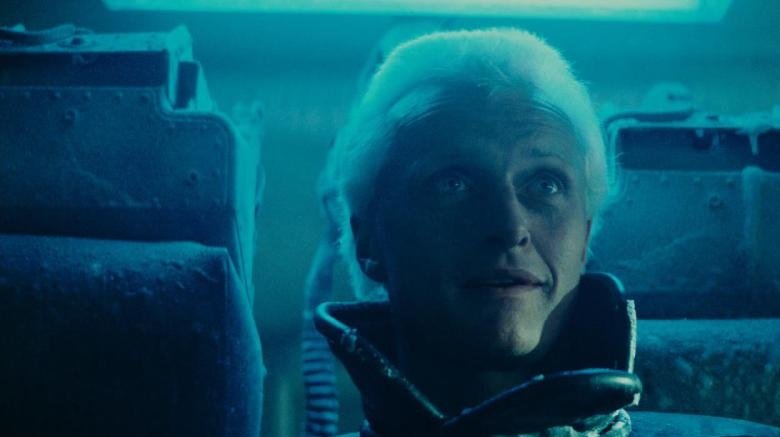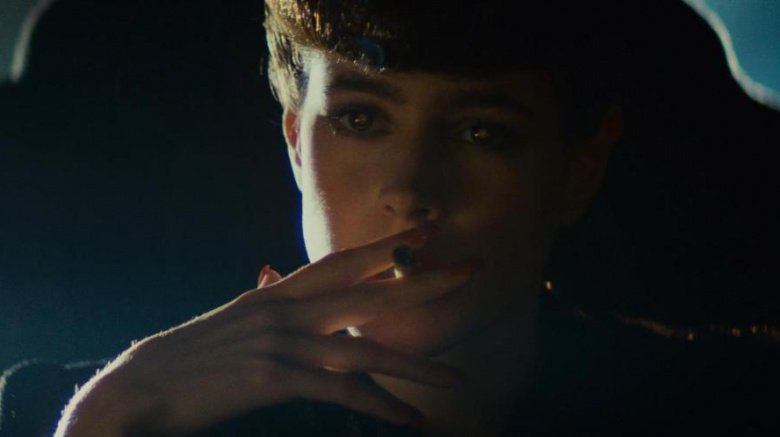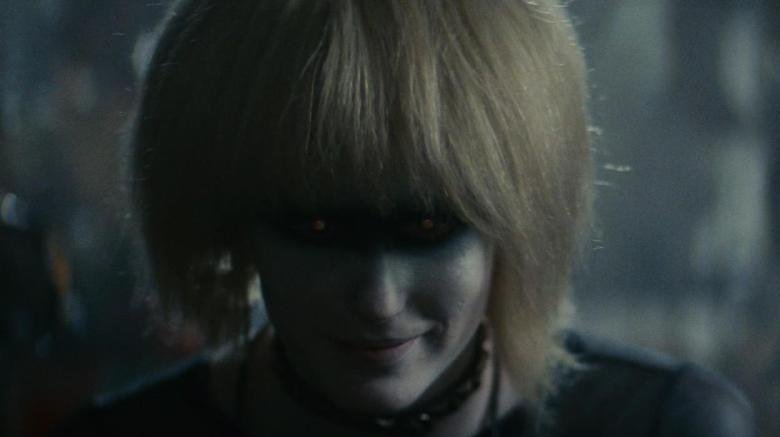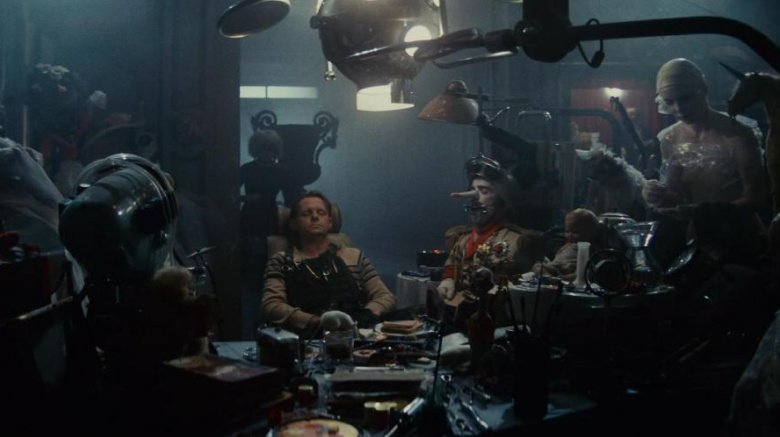How Blade Runner 2049 Can Fix What The Original Got Wrong
Loosely based on Philip K. Dick's 1968 novel Do Androids Dream of Electric Sheep?, the 1982 neo-noir movie Blade Runner has haunted sci-fi fans for decades—and not always for the right reasons. Have you seen the studio's original cut—the one with the monotone voiceover, clunky editing, slipshod continuity, and Hollywood happy ending? Here's hoping the unexpected sequel does right by the source material...or at least The Final Cut.
Here are our suggestions for not screwing this up.
For the love of all things holy, no voiceover narration this time
Like Once Upon a Time in America, Apocalypse Now, and Superman II, Blade Runner has a storied history of cuts and recuts. Seven different versions of the movie have hit the market over the years.
Filming concluded in July 1981. Director Ridley Scott and producer Michael Deeley were "fired" for going over budget, yet kept on to finish the project. (It's not supposed to make sense. It's just what happened.) By the time it came out in June 1982, Blade Runner had (unfortunately) acquired the tackiest of tacky voiceovers and an inexplicable Hollywood happy ending added at the request of tone-deaf producers—and it failed to recoup its budget during its initial theatrical release.
After an "accidental" screening of director Ridley Scott's original cut in May 1990, the studio released the Director's Cut, which was actually a re-edit of Scott's footage by Michael Arrick. It scrapped the voiceover but it wasn't perfect. Fans had to wait until 2007 for Ridley Scott's official, definitive version, but their patience paid off with the superior Blade Runner: The Final Cut.
More unicorn dream sequences (obviously)
Scott and screenwriters Hamilton Fancher and David Peoples took artistic license with their atmospheric adaptation of Do Androids Dream of Electric Sheep?. Sometimes they actually improved upon Dick's vision; consider, for instance, protagonist Rick Deckard's drunken dream of a unicorn. Excluded from the original cut, the surreal dream sequence sets up Scott's shocking ending (another sequence edited out by the producers).
Still, even Blade Runner: The Final Cut excised entire characters from the novel, changed the setting from San Francisco to Los Angeles, warped the plot beyond recognition, and even removed the artificial sheep for whom the novel was named. The tragicomic, psychological novel is about an android-hunting detective who hopes to buy a real live Nubian goat to replace an electric sheep and thus cheer up his depressed wife. The movie is a neo-noir action thriller about a loner with a badge who violently "retires" replicants (the movie's version of Dick's androids). Close enough, right?
Add a World War Terminus sequence
Having been let down by Hollywood's inept handling of the author's works, fans of Dick's fiction have mixed feelings about Scott, Fancher, and Peoples's flick. Blade Runner falls somewhere between the faithfulness of Richard Linklater's A Scanner Darkly and the manic, action-infused, endless inventiveness of Paul Verhoeven's Total Recall (an adaptation of We Can Remember It For You Wholesale). Its plot-related oversights give the new movies' creators an opportunity.
Blade Runner has yet to incorporate World War Terminus—the horrific nuclear war that turned the West Coast into a wasteland in the novel—into its timeline. Since the original movie predated CGI, creating such massive devastation was if not impossible then certainly impractical. Its cityscape and other special effects had to be accomplished using old Hollywood set pieces and forced perspectives using miniatures. Nowadays, we have the technology. All we need is the vision.
Enticingly, the teaser for Blade Runner 2049 features Ryan Gosling's character, K, walking through an orange hellscape. Could it be a dream sequence featuring World War Terminus? We'll have to wait and see.
Include more fanfare from Dick's fiction
Citing science fiction's then-unpopularity in the States, Dick famously called out Americans for being "anti-intellectual." In his era, publishers saw the genre as a niche market for nerds who were interested not in complicated characters and dramatic situations but, rather, in age-old philosophical dilemmas and big ideas. Contemporary Hollywood has embraced science fiction's aesthetic but it has yet to fully grapple with the ideas that are supposed to come along with it.
Many of those ideas are represented in Dick's various works of fiction by absurd products, such as the psychiatrist Dr. Smile (a briefcase that patients use not to treat mental health problems but rather to become neurotic—and in so doing, dodge the draft), the time-and-space-bending "translation" drugs CHEW-Z and CAN-D, Penfield mood organs, a mysterious product called UBIK, and other frighteningly plausible technologies. Superpowers, such as psi phenomena and extrasensory perception, also figure in. Absurd products, dizzying intoxicants, mental illness, psychospiritual visions, mind-controlling aliens, special mutant abilities, mysterious toads and electric sheep make straightforward interpretation of the texts' action just about impossible. If you think you understood everything in a Dick story, you didn't read it closely enough.
PKD's real-life schizoid tendencies—probably, in no small part, a result of amphetamine psychosis—may have prevented him from unequivocally writing about the sort of singular, objective "reality" on which Scott's ending depends. As The Final Cut ends, we're confronted with an answer to the movie's nagging question, "Is Deckard himself a replicant?" The all-too-certain ending is another effective use of creative license on Scott's part. At the same time, it contradicts the mystical spirit of the source material. The new movie should appeal to Dick fans with subtle references just for them. It's called fan service, and they deserve it.
Subjectivity, fractured realities, far-out stuff like that
Dick has few peers in terms of writing about alienation and the subjectivity of "reality." In interviews, he can seem profoundly delusional—and he was, no denying it. He was the sort of goofball who concocted five equally outlandish theories about a break-in that, for all we know, didn't happen; the sort of loon who went to the library and read the private diaries of SS officers. The guy was cracked. Still, his nuanced, challenging vision of the world—with its multiple dimensions and fractured parallel realities—deserves to be experienced.
According to Dick's biographer, the novel that inspired Blade Runner is actually Dick's fictional reaction to a particularly callous line from an SS officer's private diaries. The SS officer complains about being sleep-deprived by "the cries of children... at night." For the Nazi diarist, the cries are not heart-rending expressions of children in agony, but rather, annoyances that he, the diarist, shouldn't have to endure. Devoid of the empathy that makes us human, the child-torturing officer grumbles like a passenger on an airplane with a crying baby on board. Dick imagined the Nazi as an android—and the rest is science fiction history.
More ideas and imagery from Dick's exegesis
Blade Runner 2049 should do everything in its power to reintroduce themes from Dick's writing. A good place to start would be Exegesis, which catalogs the troubled author's religious visions. Pulling from his diaries and other private writings, the Exegesis is as much a record of madness as it is a searching, philosophical journey chock full of scriptural quotations and literary references.
Hollywood has yet to take full advantage of Dick's philosophical weirdness, opting instead for glossy sci-fi dramas like Minority Report and The Adjustment Bureau and action-packed name-only adaptations like Paycheck, Next, Radio Free Albemuth, Imposter, and Screamers. If the production team must err, let them err on the side of faithfulness to the source material.
More about replicants' consciousness
Hollywood gets androids wrong, for the most part. Androids all too often "see" with a HUD transposed over everything. It's just silly. Do androids and replicants see like the Terminator? Let's hope not. Why would an algorithm-steered, infrared-sensing android need a data log or a digital screen-like visual indicators? Our Roombas get around just fine without internal HUDs and Terminator vision—or so we presume.
For Dick, empathy separates human from android, human sincerity from robotic artifice. His androids and replicants cannot feel empathy but that's the extent of their shared traits. We'd like to see the new Blade Runner explore the limits of a replicant's consciousness. If the sequel incorporates The Final Cut's revelations (and it had better), then replicants might be able to feel something like empathy—but what do they think? What do they see, aside from prefab memories and artificial dreams? What qualifies as introspection for a replicant? These are some of the questions we hope the sequel asks.
Feature Iran and Irmgard, two characters cut from Blade Runner
Like too many science fiction writers, Dick struggles to create compelling, believable female characters. Typically, his women are tropes, promiscuous sex objects, femme fatales, implausible embodiments of preternatural innocence—put simply, narrative devices in stories about men. In Do Androids Dream of Electric Sheep?, Deckard's wife Iran is perhaps the closest Dick gets to contriving a believable, if troubled, female character, and we'll never understand the decision to cut her out of Blade Runner.
In Blade Runner, Roy Baty has been changed to Roy Batty. Irmgard, his wife in the novel, is the sort of (albeit problematic) sex-driven femme fatale that contemporary Hollywood loves to ogle. Yet she doesn't appear at all in Scott's movie. Introducing her into the new movie—as Batty's widow?—would take some finesse, but it could make for an interesting callback to Rutger Hauer's fantastic "tears in rain" portrayal of Roy Batty.
If the new Blade Runner wants to do right by fans, it should either stick closely to the narrative established by the first movie or return to the source material. That said, it doesn't appear likely to do either of those things. Of the three characters officially announced (LAPD Officer K, Deckard, and Joi), Deckard is the only familiar face.
Remember PKD's absurdist humor, and keep it weird
For all of PKD's big ideas, speculations, troubled characters, and personal delusions, his writing remains quixotically joyful and hilarious. Missing from many adaptations of Dick's work, including Blade Runner, are the surreal jokes and comic situations. With the exception of Richard Linklater and Paul Verhoeven, directors tend to forget that Dick's fiction is just as gleeful and goofy as it is disturbing.
Will the new movie capture the demented mania of the source material? That's hard to say, since much of Dick's humor is word jokes: puns, tricks of perspective, unspoken thoughts. At present, the only sign of "humor" isn't encouraging: it's LAPD Officer K's single-letter name. If the new movie ends with K being promoted to Detective—thereby becoming ([Philip] K, dick—get it?), then there is no hope for the would-be franchise. Fans wait with bated breath.
